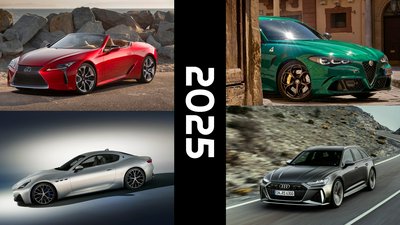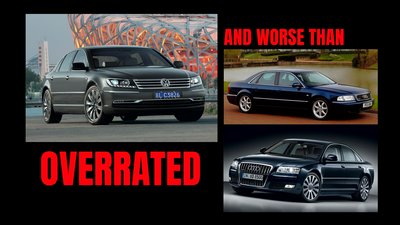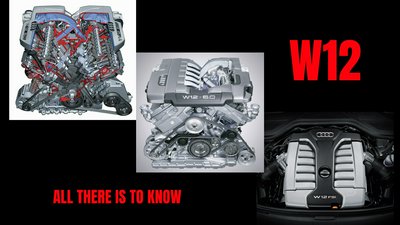techXXX
Ten Iconic and Collectible Lancia Road Cars
Lancia is celebrated for producing some of the most innovative cars in automotive history, blending style, engineering, and racing pedigree. Today, I go over 10 iconic and collectible Lancia road cars.
Published by Dr Jiulin Teng on 30 Dec 2024
Keywords: lancia
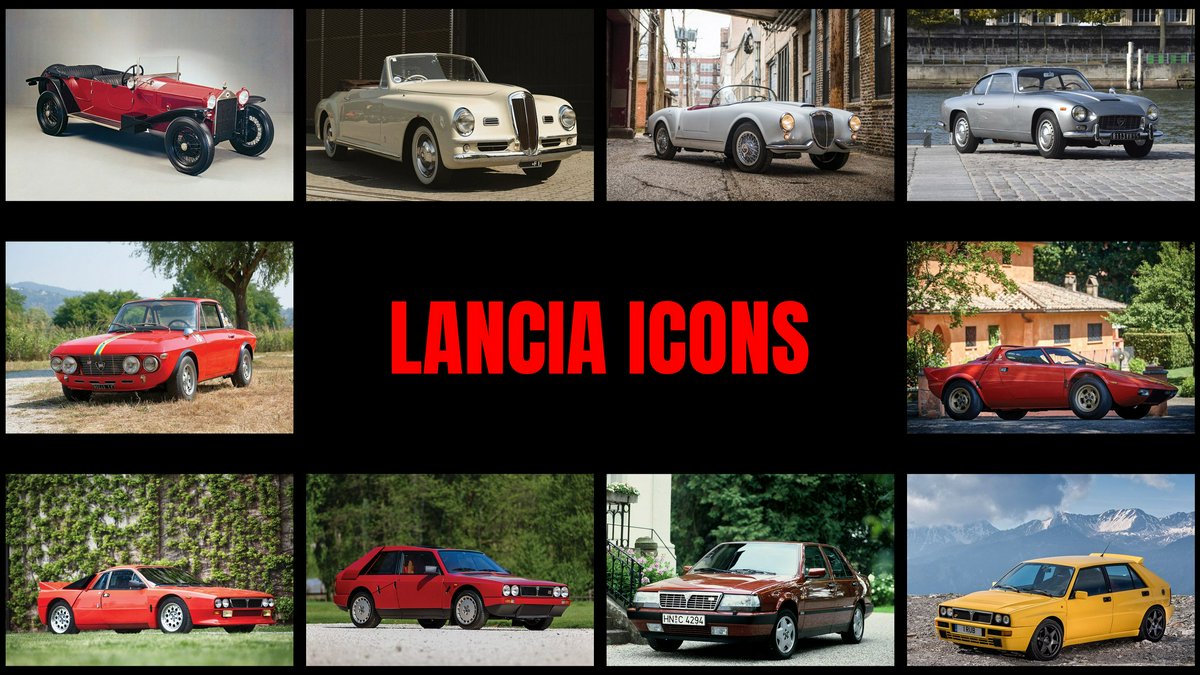
Lancia is celebrated for producing some of the most innovative cars in automotive history, blending style, engineering, and racing pedigree. Today, I go over 10 iconic and collectible Lancia road cars. Unlike it is with other Italian classics, many are undervalued gems.
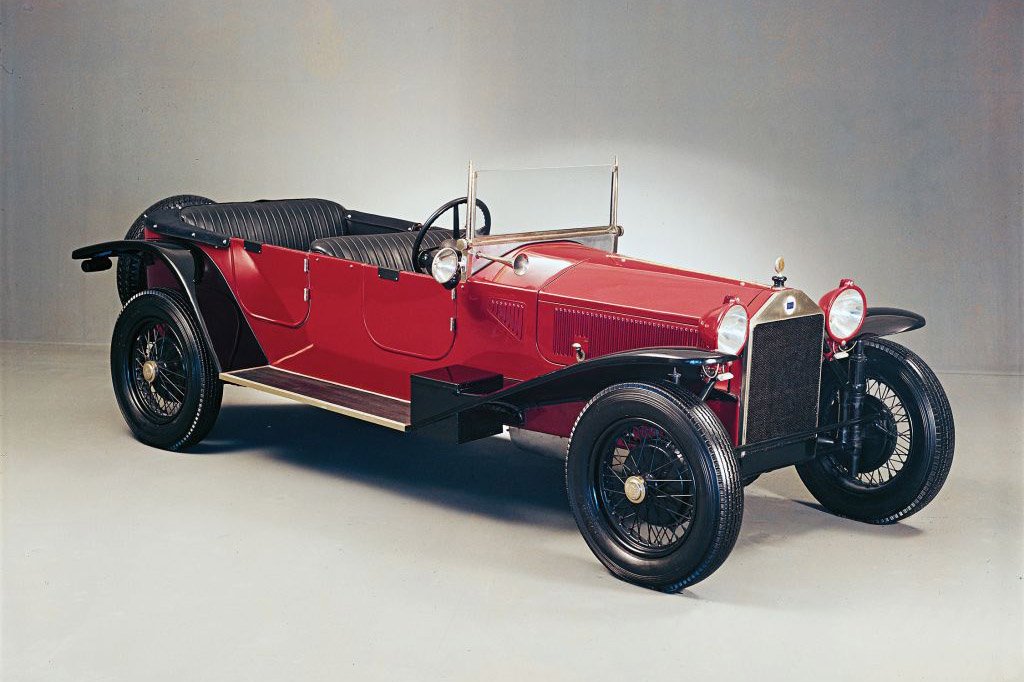
Lambda
- 1922–1931
The Lambda is one of the most innovative cars in automotive history. It featured the world’s first unibody chassis, in this case without a structural roof, as well as independent front suspension and four-wheel brakes. The Lambda also introduced Lancia’s iconic narrow-angle all-aluminum V4 engine. This powerplant has a SOHC design with a single engine head. Its configuration clearly inspired later Volkswagen VR and W engines.
Originally, a 3-speed manual transmission paired with a 2.1L version of the V4. At the end of the Lambda’s production run, a 4-speed manual paired with a 2.6L motor. Today, the Lambda is appreciated by collectors for its historical importance.
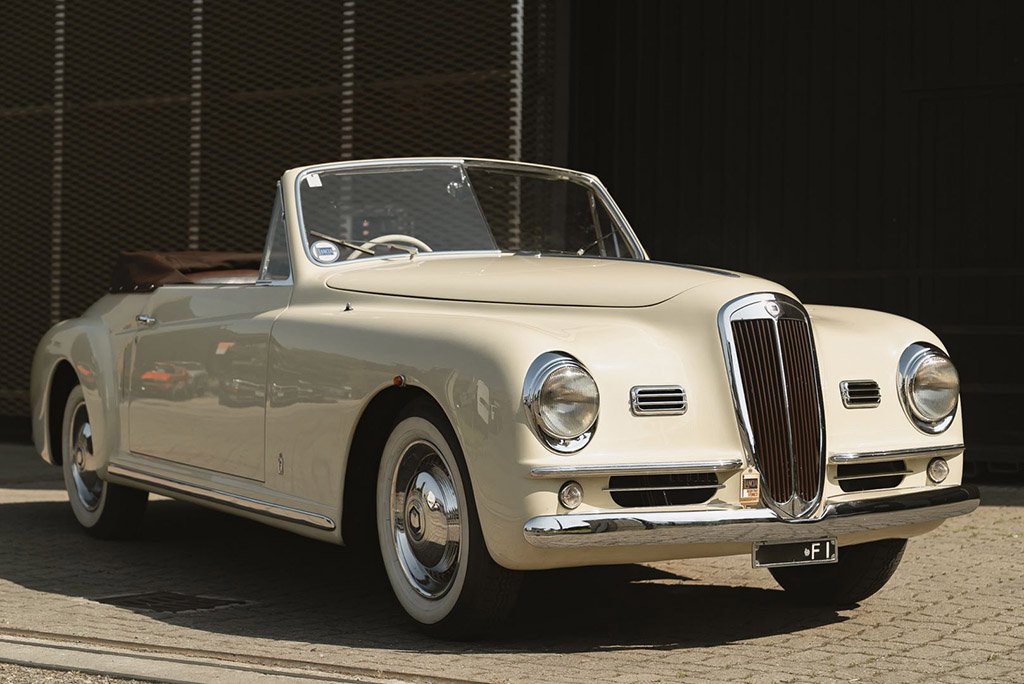
Aprilia
- 1937–1949
The Aprilia was one of the first cars designed in a wind tunnel with a sleek profile to show for. Besides advanced aerodynamics, it was also ahead of its time in chassis design, including four-wheel independent suspension. Available as either a sedan or a cabriolet, the Aprilia is remarkably lightweight and agile, even though its V4 engine displaced less than 1.5 liters. Today, it is valued as a precursor to modern automotive design. Special-bodied variants by Zagato, Touring, are Pininfarina are especially prized.
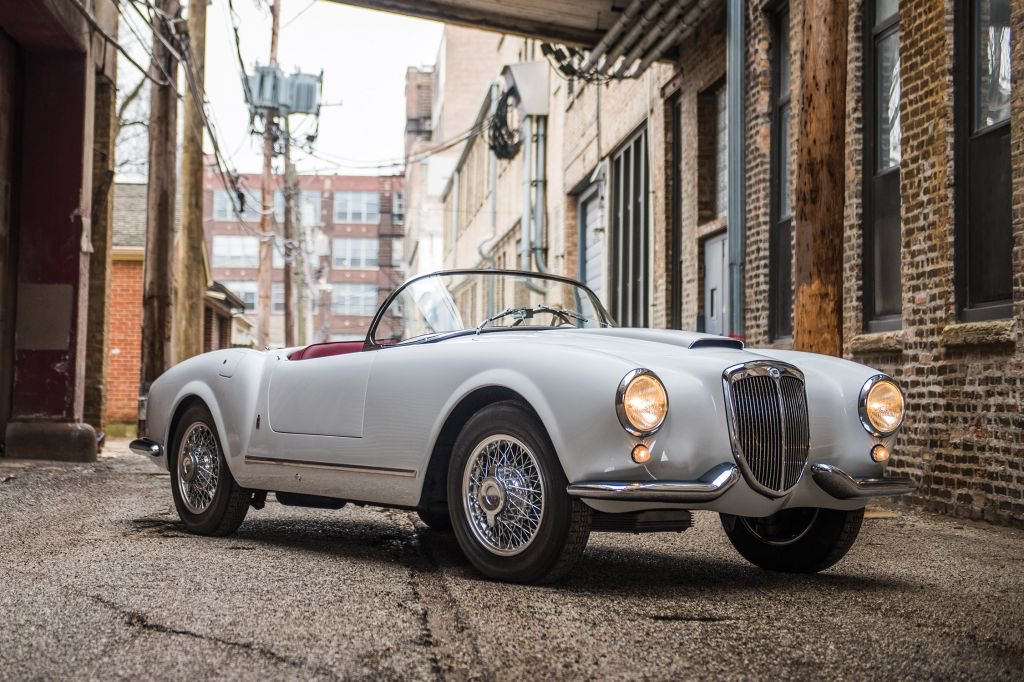
Aurelia
- 1950–1958
The Aurelia was a groundbreaking luxury car. It featured one of the first series-production V6 engines. The all-aluminum Lancia V6 has a 60-degree bank angle and, unlike the company’s V4, uses an OHV design that allows for tighter packaging, lower overall weight, and lower center of gravity. It was paired with a 4-speed transaxle.
While the first Aurelias were sedans, the more interesting versions are the coupes and convertibles. The B20 coupe designed by Felice Mario Boano at Ghia and the B24 convertible by Pininfarina are the most desirable. Boano was also responsible for several iconic Alfa Romeos of the period. Besides exceptional beauty, rarity, and build quality, the Aurelia is also known for its racing success.
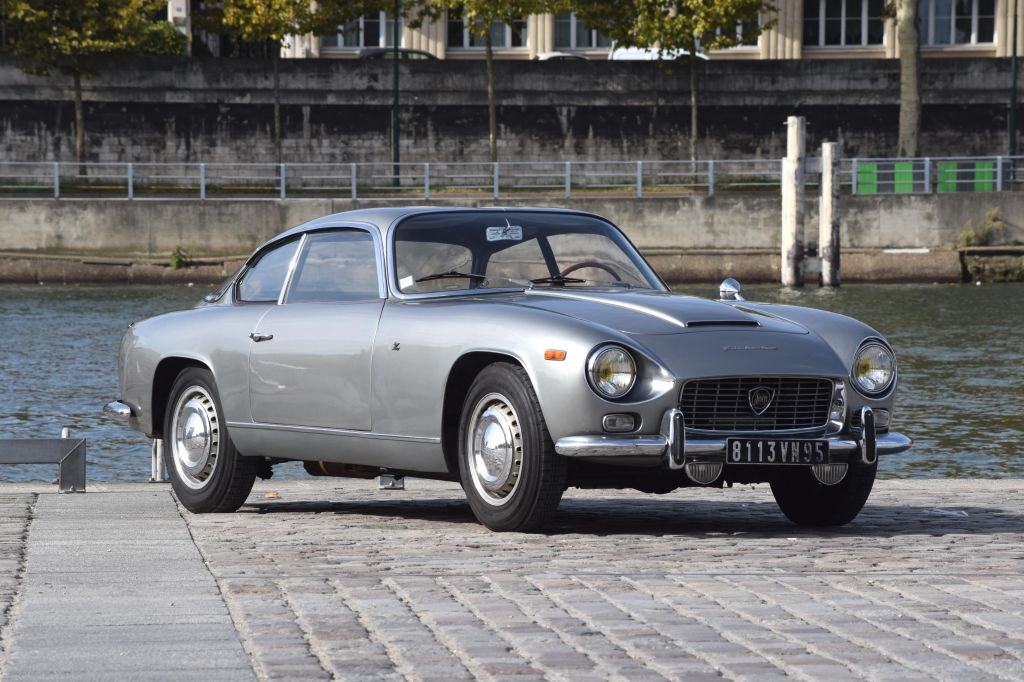
Flaminia
- 1957–1970
The Flaminia marked the peak of post-war Italian luxury and sophistication. It was powered by the final evolutions of the Lancia V6, displacing 2.8L after 1962. The triple-carburetor version developed around 150hp. Like the Aurelia, a 4-speed transaxle was used, with a Saxomat semi-automatic being an option.
While the Berlina was a fine luxury car, the Flaminia coupe and convertible are more sought after today for their elegance and scarcity. Of note are the Sport and Super Sport coupes bodied by Zagato, the GT, GL, and Convertible bodied by Carrozzeria Touring, and the Coupe by Pininfarina.
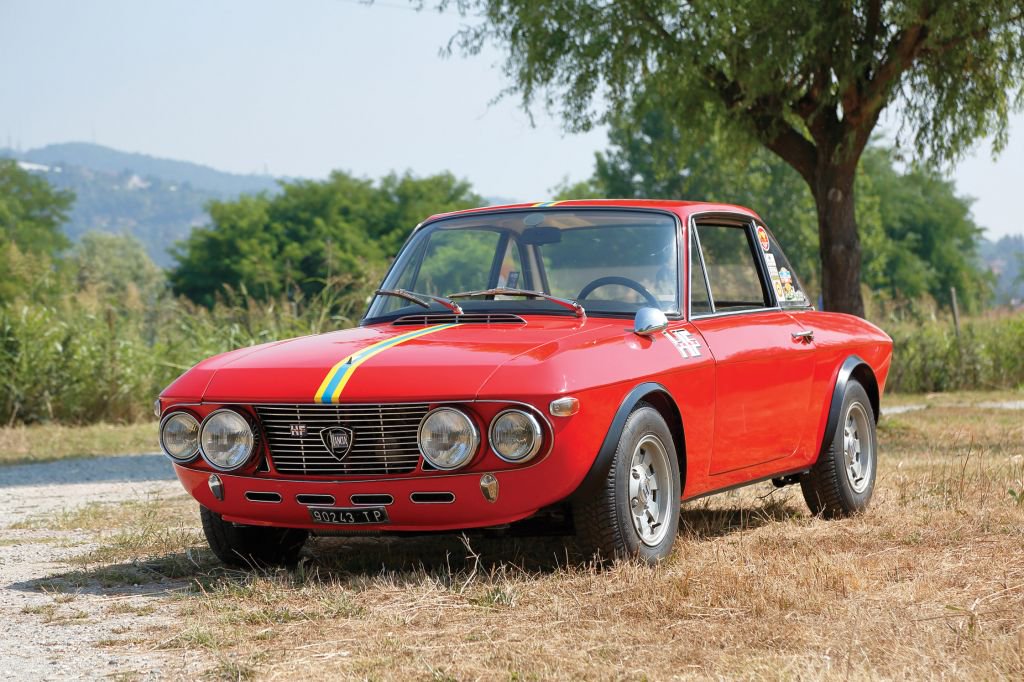
Fulvia Coupe HF
- 1965–1976
The Fulvia was one of the first FWD Lancias. Sharing a similar chassis to the larger Flavia, the Fulvia kept the company’s legendary V4 engine instead of using the new H4. It has the V4 mounted longitudinally in front of the front transaxle, a layout later copied by Audi. The engine was updated to have a narrower-than-ever 12-degree bank angle and was mounted at a steep 45-degree angle.
While the Fulvia Berlina was a handsome car, the Coupe is what enthusiasts and collectors value more today, especially the HF, High Fidelity, versions. HF is a sub-brand that Lancia used to denote the more powerful, racing-spec cars. Today, the Fulvia Coupe HF is appreciated for its compact and lightweight chassis, high-revving V4 character, precise handling, and timeless styling. Add on top that the car’s racing success, it is a favorite among enthusiasts for its charm and affordability compared to other icons.
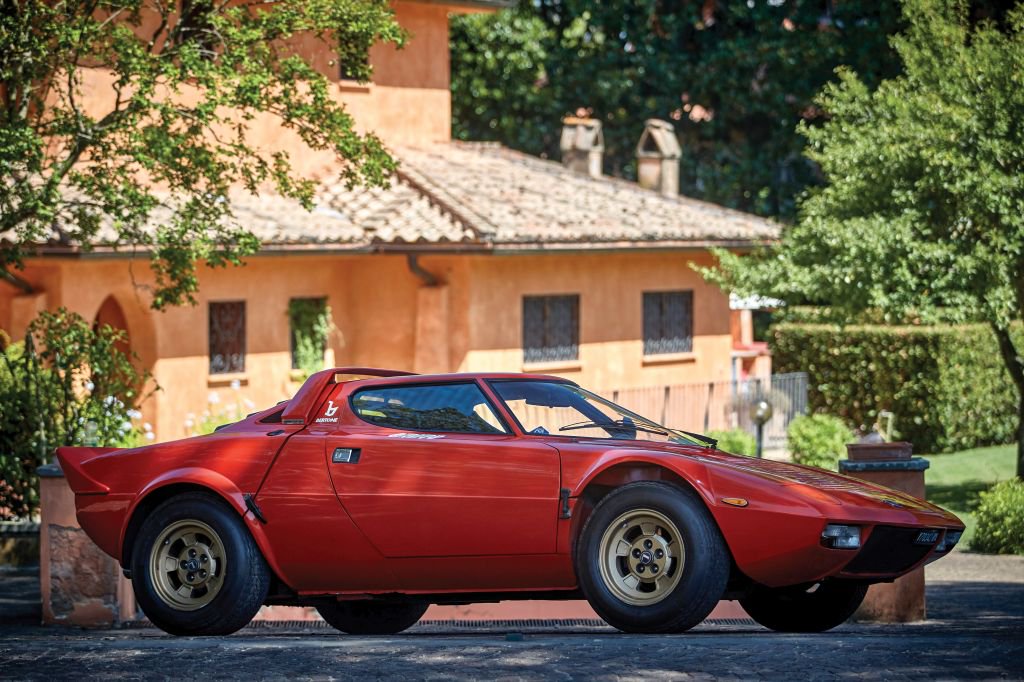
Stratos HF
- 1973–1978
The Stratos HF was a mid-engine sports car designed for rallying. It is powered by a 2.4L Ferrari Dino V6 mounted transversely, which is paired with a 5-speed manual. The Stratos has a space-frame chassis with fiberglass body to save weight. Its wedge-shaped body was the work of Marcello Gandini at Bertone. The car is complete with pop-up headlights.
Besides its striking design, the Stratos HF is an important car in rally history, thanks to its dominance in the 1970s in World Rally Championship (WRC) and other contemporary races. It is a collector’s favorite for its exceptional handling and lightweight construction on top of rarity and motorsport success.
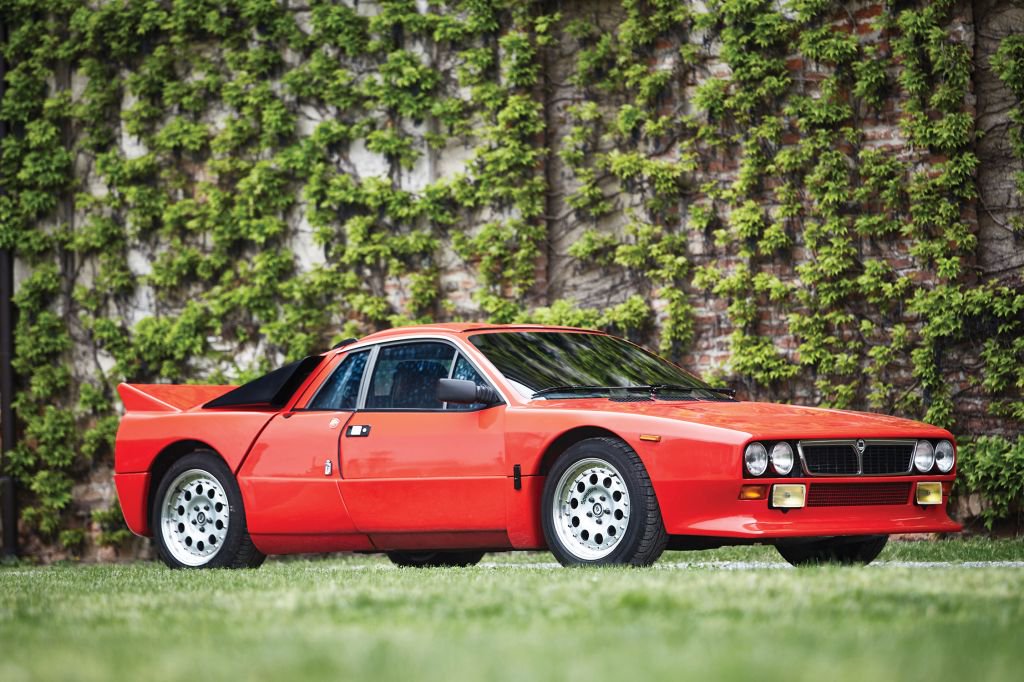
Rally 037 Stradale
- 1982–1984
The 037 was a purpose-built rally car for Group B racing. Loosely based on the Montecarlo, the 037 has lightweight fiberglass and Kevlar body, and the chassis design is markedly different. While the FIAT-sourced inline-4 engine remains mid-engine in position, the 037 has it mounted longitudinally, which allows for more sophisticated suspension setup with dual rear shock absorbers. The engine is also supercharged. The 037 was the last rear-wheel-drive car to win the WRC in 1983.
The 037 Stradale was the homologation version with a more aggressive, yet still elegant, body shell design and a less powerful power rating. It is extremely rare and celebrated for its Group B pedigree.
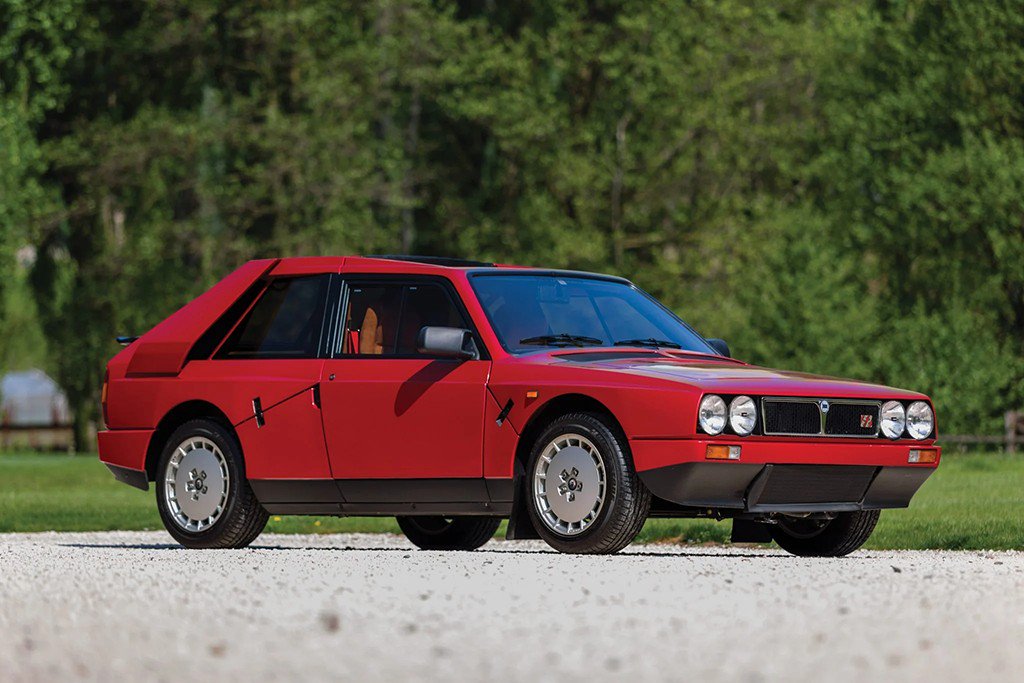
Delta S4 Stradale
- 1985–1986
The successor to the 037, the Delta S4 was another Group B rally car. A silhouette race car, the S4 is mid-engine, all-wheel drive with a tubular space frame chassis and composite body shells, while the Delta was front-engine, front-wheel drive. The Delta S4’s 1.8L inline-4 engine is both supercharged and turbocharged.
While the Delta S4 was only moderately successful in racing, per Group B requirements a Stradale version was still made. For a car weighing just 1.2 metric tons, the Delta S4 Stradale had insane power for a road car at the time. It is extremely rare and revered by Group B enthusiasts.
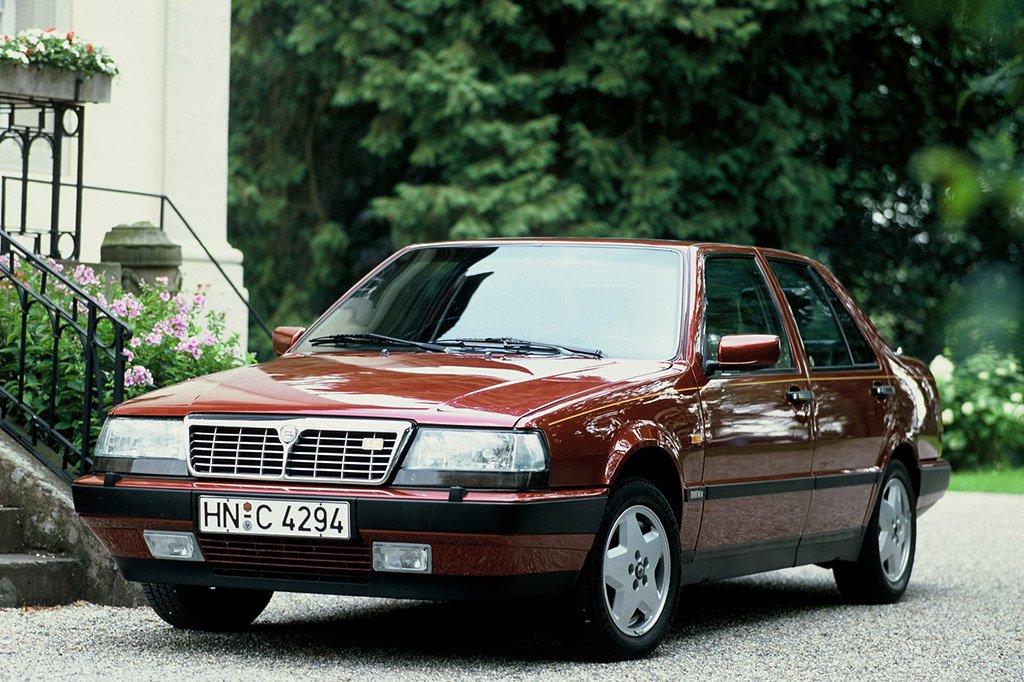
Thema 8.32
- 1986–1994
The Thema was a sober executive sedan with many trim levels and powertrain options. The one that stood out was the 8.32 powered by a 2.9L Ferrari Dino V8 with 4 valves per cylinder. This was the only V8 to find its way in a Lancia. It is noted for its luxurious interiors with wood and leather by Poltrona Frau as well as a folding rear spoiler.
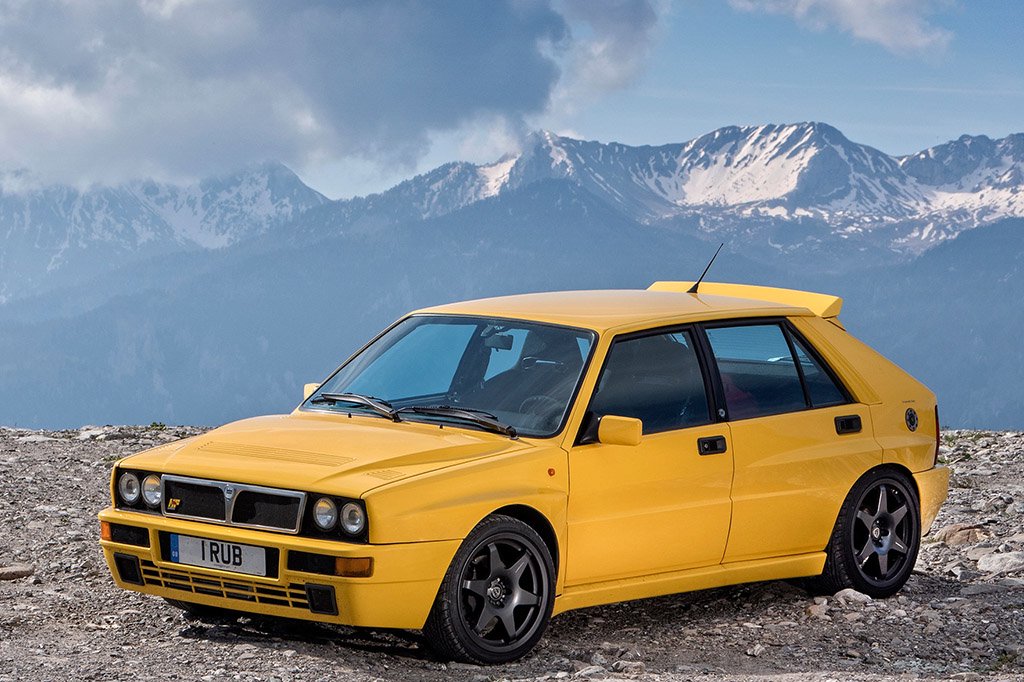
Delta HF Integrale
- 1987–1994
The Delta HF Integrale was a Group A rally car based on the Delta. Unlike the Delta S4, the Delta HF 4WD was a front-engine, all-wheel drive production car. As rules suddenly changed, Lancia was able to rally with it. From the 1988 season, an improved version named Delta HF Integrale 8v came with more power, stronger brakes, and better suspension, and a new 6-speed transmission replaced the old 5-speed. In 1989, the 16-valve Integrale 16v made its debut. Further evolutions are known as Evoluzione and Evoluzione II.
Overall, the Delta HF Integrale has 46 World Championship rally victories and helped Lancia win six consecutive Constructors’ Championships (1987–1992). Together with its iconic styling, the Integrale is highly appreciated and prized, especially the later Evo models.

